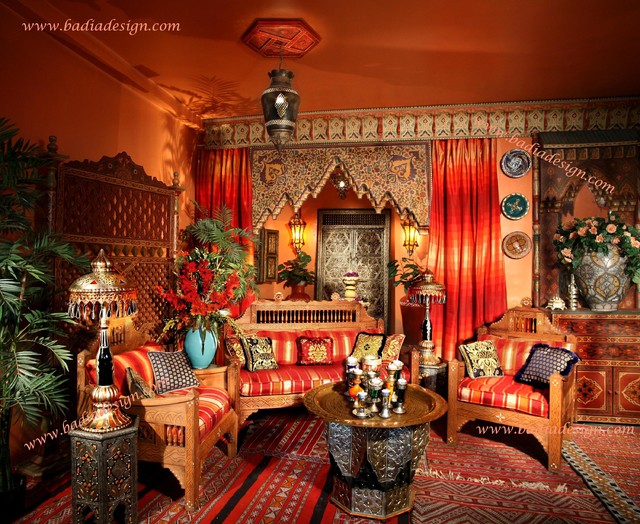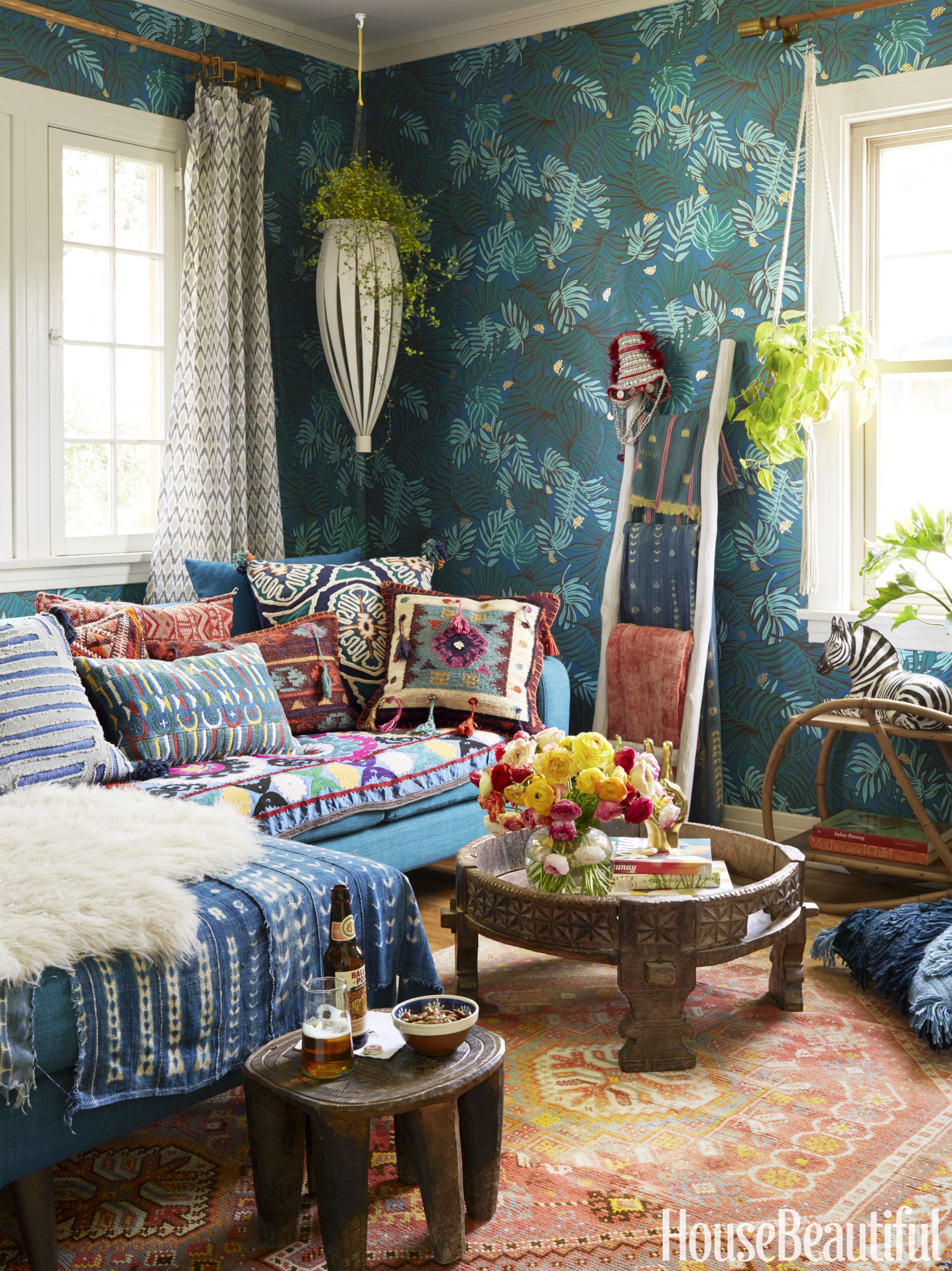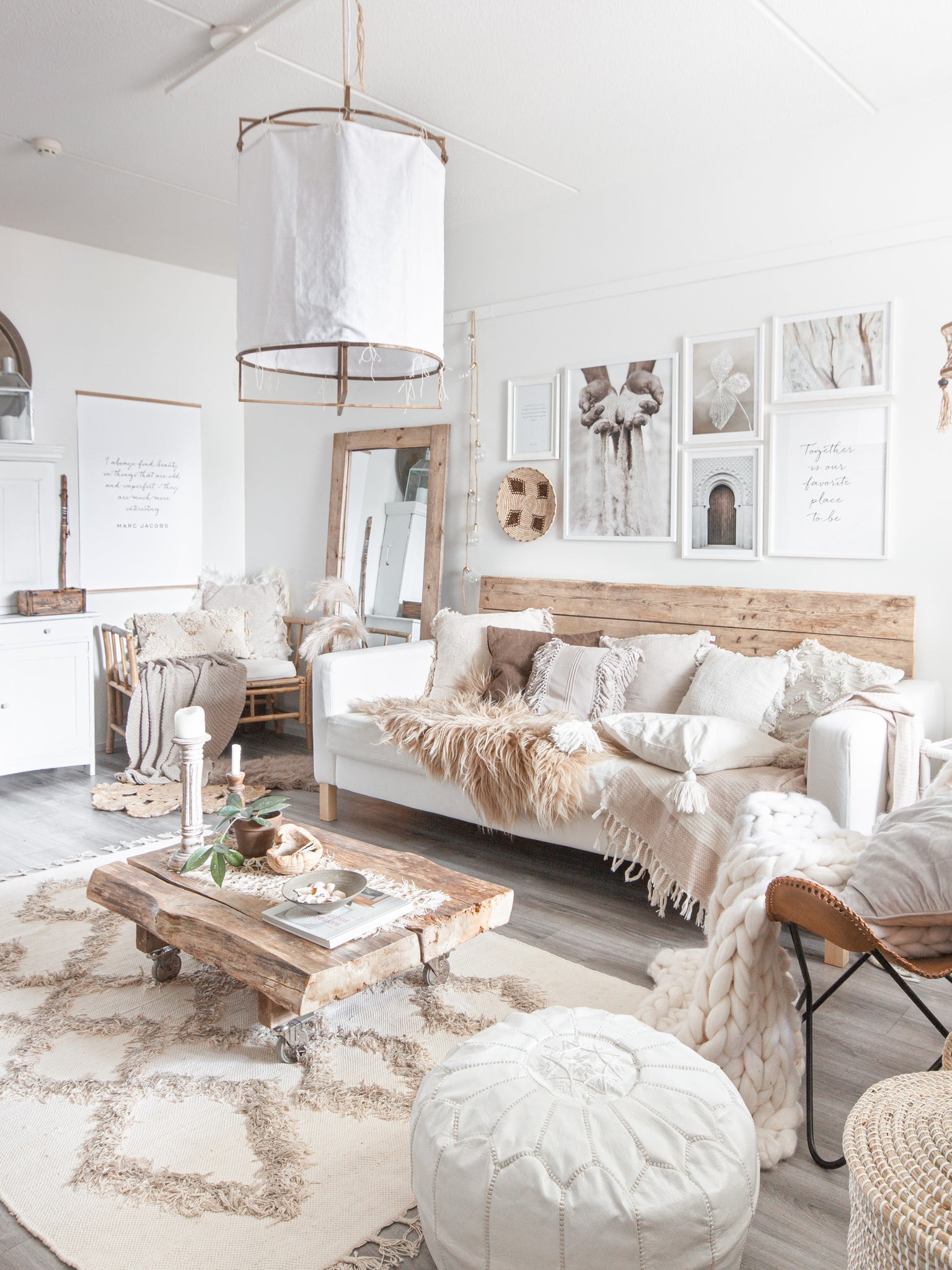Moroccan room decor embodies a unique blend of vibrant colors, intricate patterns, and a rich cultural heritage that can transform any space into a warm and inviting oasis. Having recently redecorated my own living room with Moroccan elements, I’m excited to share tips, styles, and personal insights that will guide you through this captivating décor style.
Understanding Moroccan Room Decor
At its core, Moroccan decor reflects the diverse influences of the country’s history, including Berber, Arab, and French styles. The result is an eclectic aesthetic characterized by:
- Rich Colors: Deep reds, blues, yellows, and greens create a vibrant atmosphere.
- Intricate Patterns: Geometric designs and arabesques add depth and interest.
- Natural Materials: Wood, clay, and textiles bring a tactile element to the decor.
The Allure of Moroccan Design

There is something inherently inviting about Moroccan spaces. The combination of rich tones, soft textiles, and beautiful patterns creates a warm ambiance that is both exotic and cozy. Here’s why I fell in love with it:
“The moment I added a Moroccan pouf and some colorful rugs to my space, it felt like I was transported to a distant land.” – Personal Experience

Key Elements of Moroccan Room Decor
1. Color Palette

The Moroccan color palette is one of the most defining aspects of this style. It typically features:
| Color | Meaning/Use |
|---|---|
| Red | Symbolizes strength and warmth. |
| Blue | Represents serenity, often seen in traditional tiles. |
| Yellow | Brings energy and brightness. |
| Green | Associated with nature and relaxation. |

2. Textiles and Fabrics
Textiles play a crucial role in Moroccan decor. From vibrant rugs and poufs to intricate tapestries, these elements add warmth and texture. Some popular choices include:

- Beni Ourain Rugs: Handwoven with geometric patterns.
- Kaftans: Colorful fabrics that can be used for draping.
- Throw Pillows: Mix and match different patterns and colors for a bohemian vibe.
3. Furniture Styles

Moroccan furniture often features intricate carvings and a low profile, creating an inviting atmosphere. Look for:
- Low Tables: Perfect for lounging and serving tea.
- Carved Wood Pieces: Tables, chairs, and cabinets with beautiful detailing.
- Ottomans: Versatile and stylish seating options.

4. Lighting Effects
Lighting is vital in Moroccan decor, often using lanterns and sconces to create a warm glow. My favorite addition was a handmade Moroccan lantern, which casts mesmerizing patterns on the walls.
Incorporating Moroccan Decor into Your Home
Where to Start?
Starting your Moroccan decor journey can feel overwhelming, but it’s all about layering elements. Here’s a step-by-step guide:
Step 1: Choose a Color Scheme
Pick a base color and complement it with two or three accent colors. For example, a deep blue base with red and yellow accents can create a striking look.
Step 2: Invest in Key Textiles
Start with a statement rug and a few throw pillows. As you build your decor, you can add more textiles.
Step 3: Select Furniture Pieces
Look for low tables and carved furniture that can serve as focal points in your space.
Step 4: Add Lighting and Accessories
Incorporate lanterns, candles, and decorative items to add warmth and character.
Exploring Popular Moroccan Decor Styles
Moroccan decor is versatile and can fit various design preferences. Here are a few popular styles to consider:
1. Traditional Moroccan Style
This style embraces ornate details, rich textiles, and bold colors. It is perfect for those looking to create a classic Moroccan atmosphere.
2. Bohemian Moroccan Style
Incorporate various patterns and colors for a laid-back, eclectic vibe. Mix modern elements with traditional pieces for a unique look.
3. Contemporary Moroccan Style
A minimalist approach that focuses on clean lines and a limited color palette. This style combines Moroccan elements with modern design.
Pros and Cons of Moroccan Room Decor
As with any design style, Moroccan decor has its perks and drawbacks. Here’s a quick overview:
| Pros | Cons |
|---|---|
| Rich colors and textures add warmth to a space. | It can be overwhelming if overdone. |
| Offers a unique, cultural aesthetic. | Some pieces may be expensive or hard to find. |
Decorating Tips for a Moroccan-Inspired Room
1. Layering Textiles
Layering rugs, throws, and cushions creates an inviting and cozy atmosphere.
2. Use Accent Furniture
Incorporating a few key accent pieces can make a big difference without overwhelming the space.
3. Create Zones
Define different areas in your room using rugs or furniture arrangements. This can create a more inviting space.
Frequently Asked Questions (FAQs)
What colors are commonly used in Moroccan decor?
Common colors include deep reds, blues, yellows, and greens, often combined in vibrant patterns.
How do I incorporate Moroccan decor into a small space?
Focus on a few key pieces, such as a Moroccan pouf, a small rug, or patterned cushions, to add style without overwhelming the space.
Are Moroccan rugs worth the investment?
Yes, Moroccan rugs are handcrafted and can last for years, making them a valuable investment for your home decor.
Can I mix Moroccan decor with modern elements?
Absolutely! Moroccan decor pairs beautifully with modern furnishings, allowing you to create a unique and personalized space.
Final Thoughts
Creating a Moroccan-inspired room is not just about the decor; it’s about evoking a feeling of warmth, hospitality, and comfort. By incorporating key elements and personal touches, you can transform your space into a cozy oasis that reflects your unique style. Whether you choose to go bold with colors or maintain a more subtle approach, Moroccan room decor offers endless possibilities.
As you embark on your decorating journey, remember that the most important aspect is to make your space feel like home. Happy decorating!